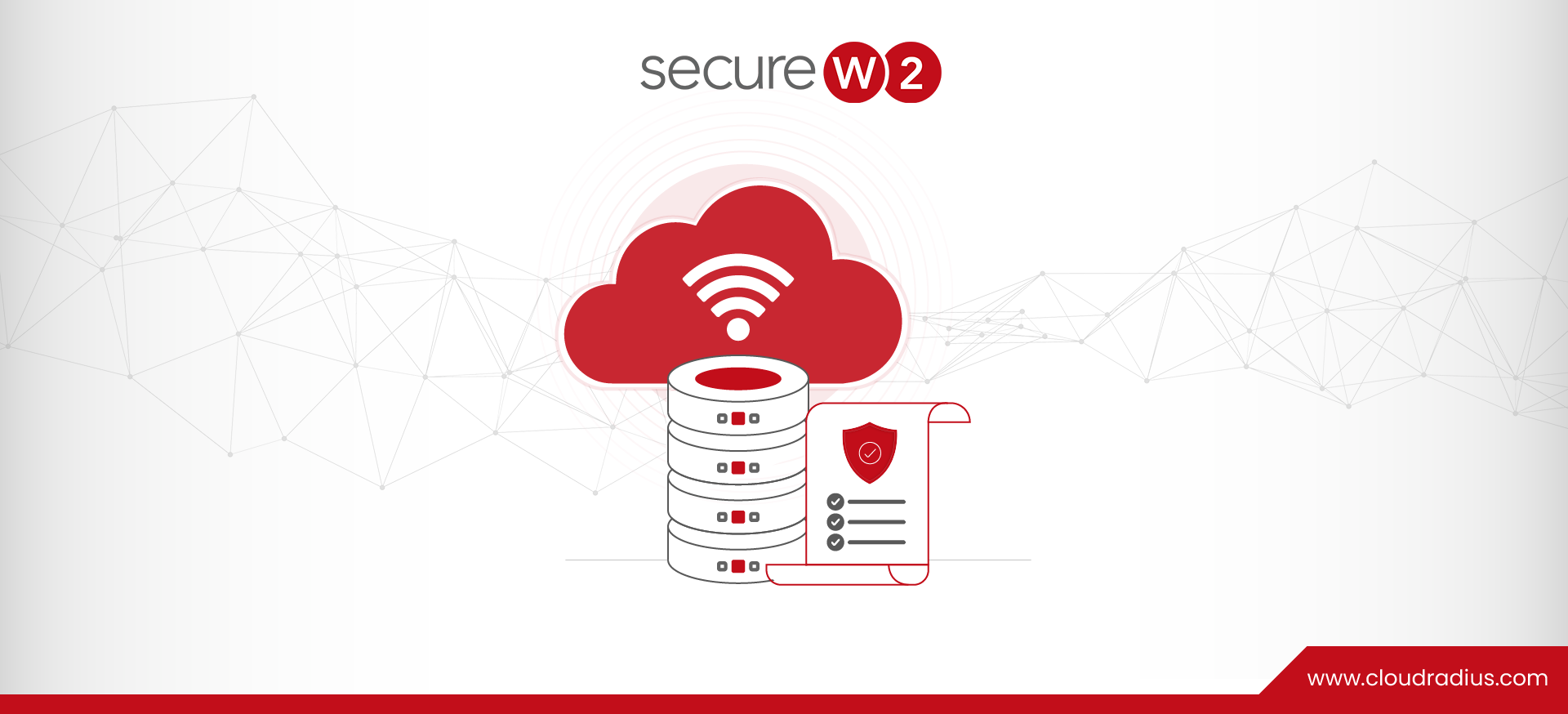
How FreeRADIUS Supports MAC Auth Bypass for IoT Security
Let's take a look at how MAC Auth Bypass works and if FreeRADIUS can support MAC Auth bypass
Read Story
Below you'll find a list of all posts that have been tagged as:
"cloud radius"

Let's take a look at how MAC Auth Bypass works and if FreeRADIUS can support MAC Auth bypass
Read Story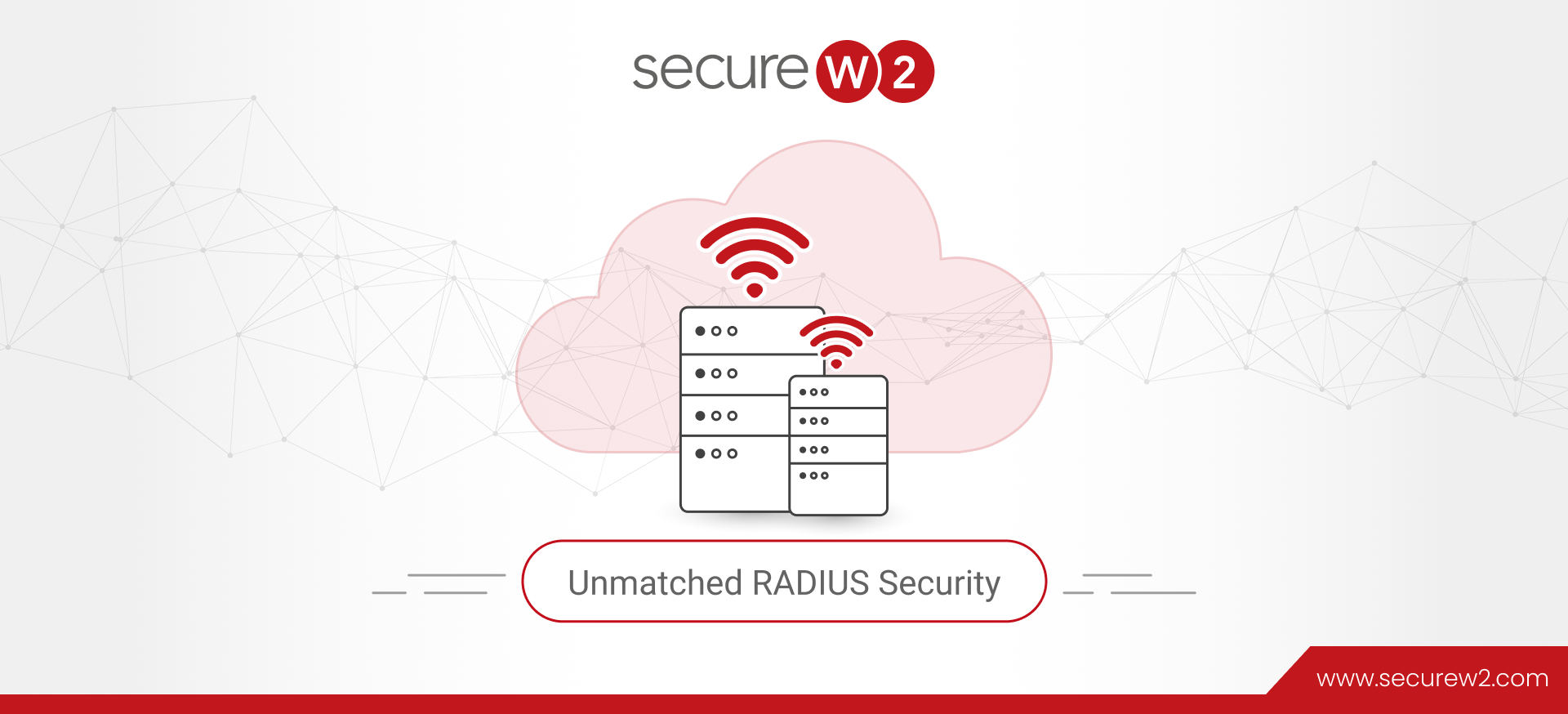

On-premise Remote Authentication Dial-in User Service (RADIUS) is losing relevance since it does not support remote authentication of users and devices. They need VPNs to connect to remote networks, making them vulnerable to threats and MITM attacks. Being physically present in a location requires constant hardware maintenance and security. It is not scalable since it […]
Read Story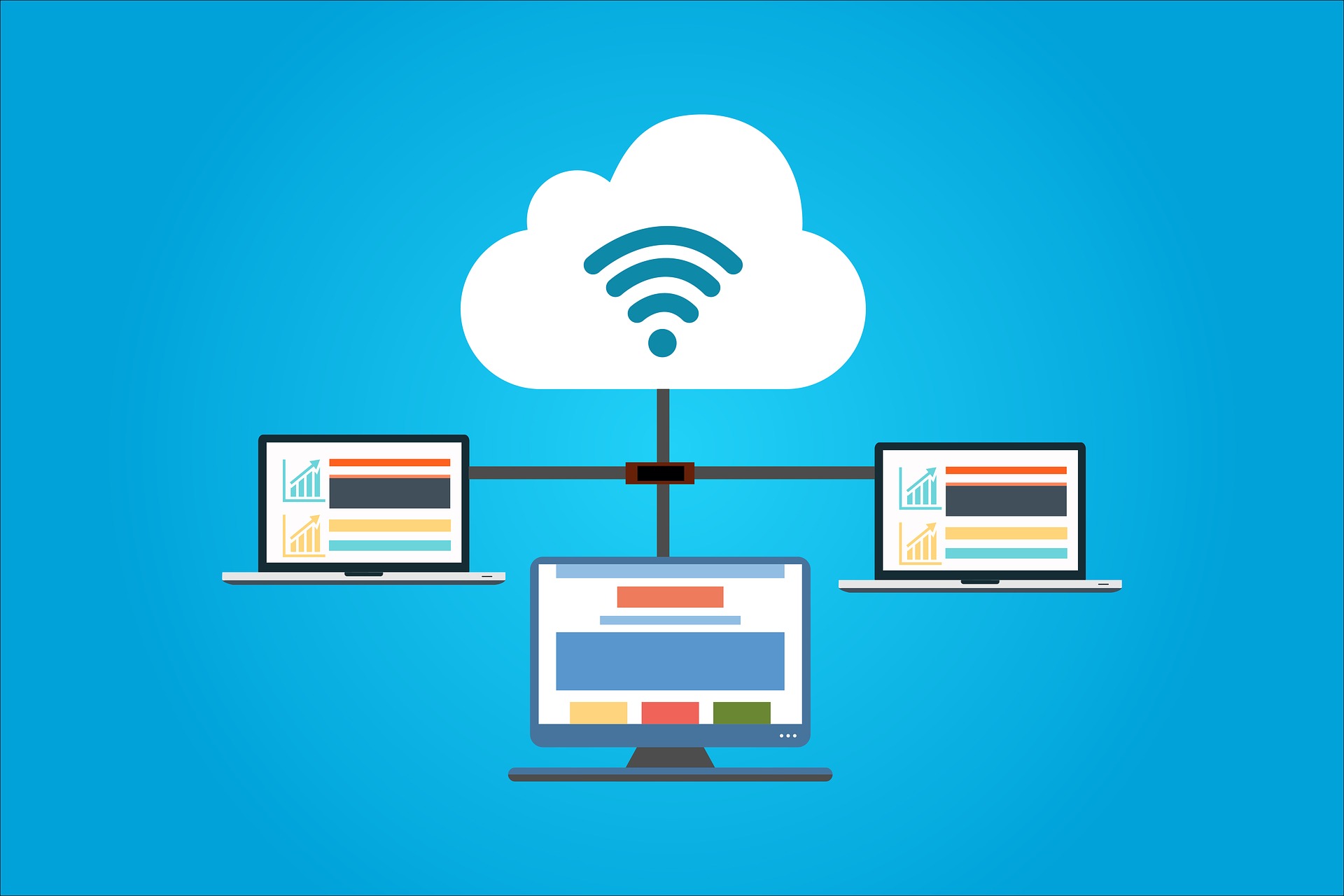
With the advancement of technology, hackers have constantly upgraded their modes of attack and have penetrated almost every industry you can think of. Here’s a recent cyberattack reported by the Department of the Treasury’s Office of Foreign Assets Control (OFAC), sanctioning several individuals and entities involved in the malicious act. It is pretty apparent that […]
Read Story
Looking to choose a Cloud RADIUS for IAM? Take a look at what are the key factors that goes into making a robust cloud RADIUS as an IAM solution.
Read Story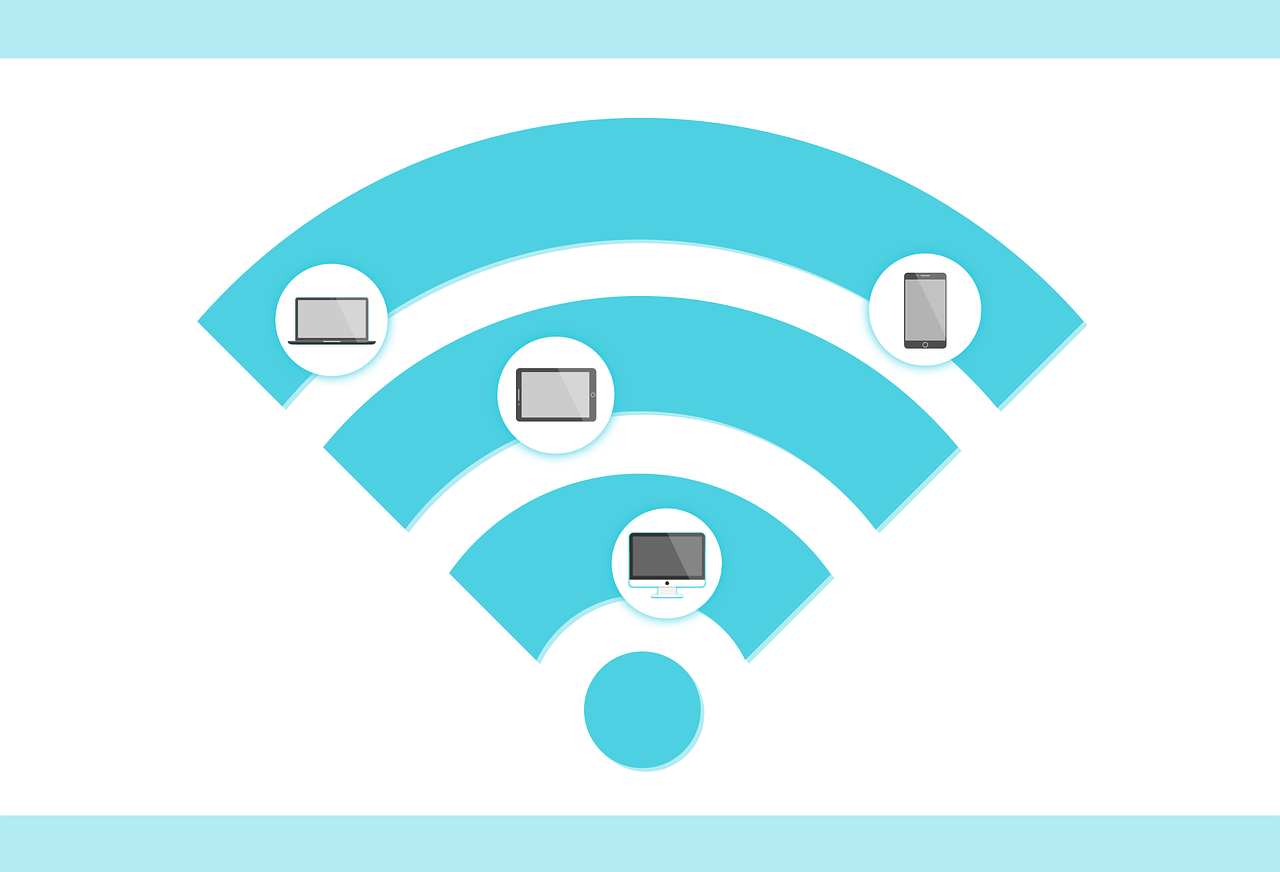
Here's how Cloud RADIUS improves the RADIUS protocol, securing Wi-Fi from outside threats.
Read Story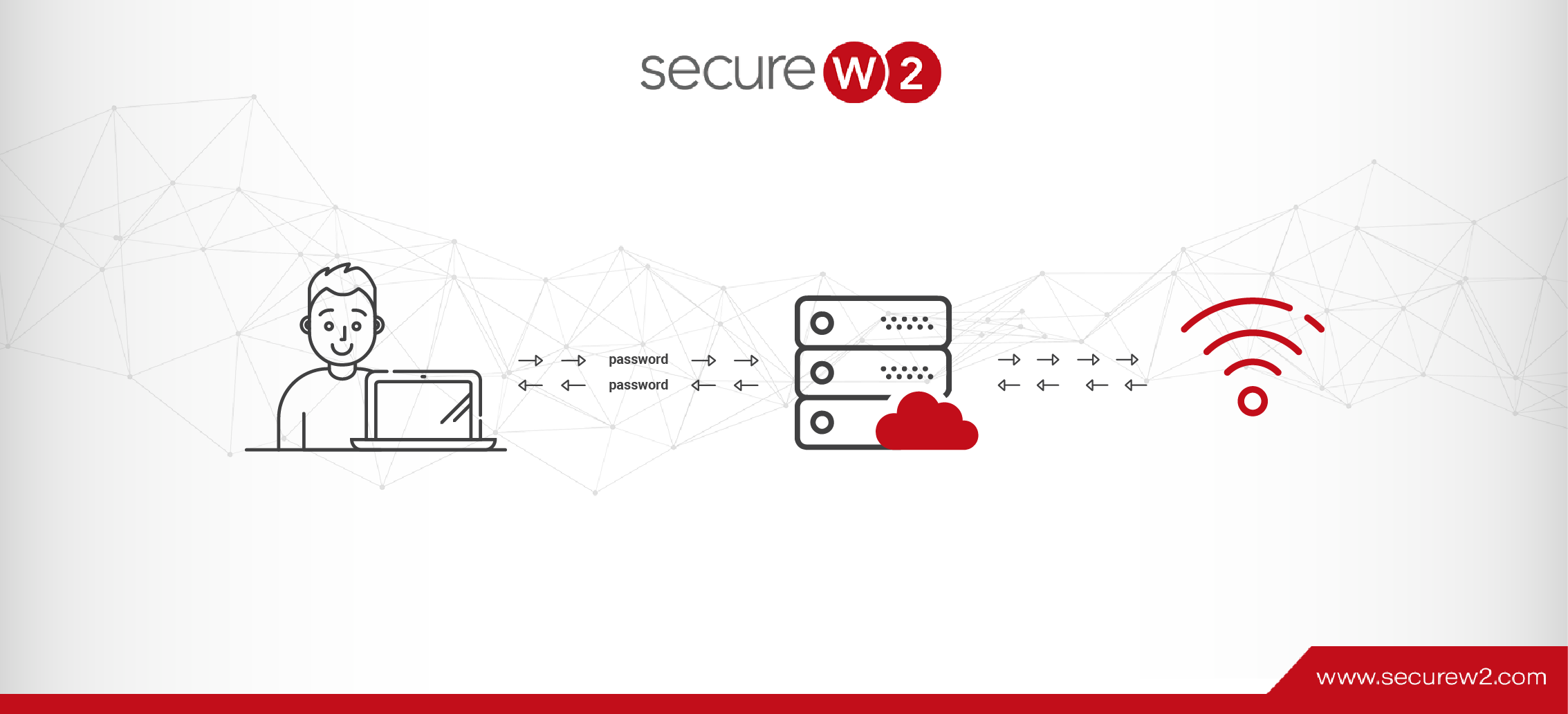
Want to know how passwordless authentication protocol (EAP-TLS) in cloud RADIUS servers provide a better user experience and improved cryptography?
Read Story
Cloud RADIUS is the best solution to walk the fine line of balancing User experience and Security. Here are some tricks you probably didn't know about.
Read Story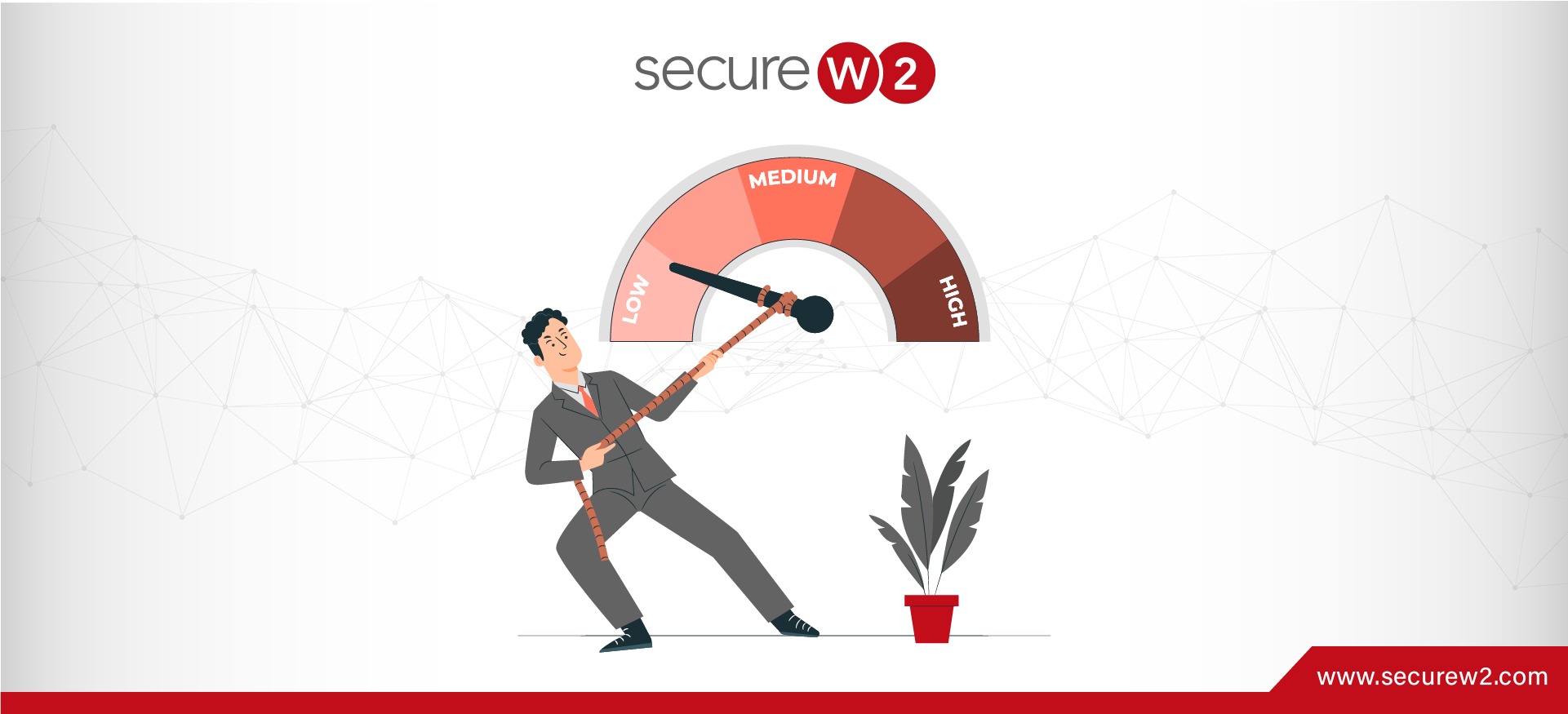
Mitigate your network risks with Cloud RADIUS Adaptive Authentication. Continue Reading to Know More.
Read Story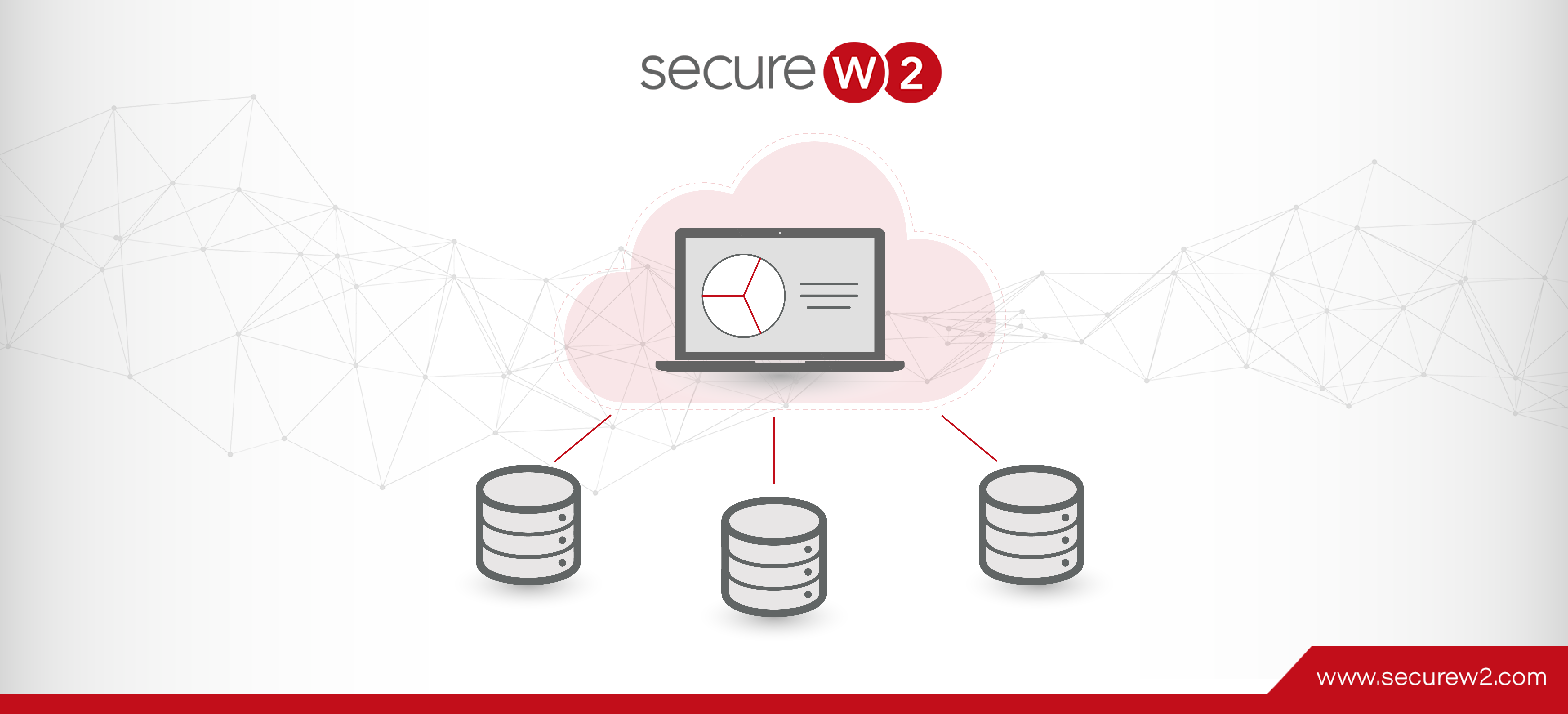
Forrester, an analyst firm’s report, suggests 80% of data breaches occur due to weak credentials. There were simpler days when data on a network was believed to be safe, but it is not so in the present. The stakes are higher now with more and more threat factors and Layer 2 attacks. Organizations are constantly […]
Read Story